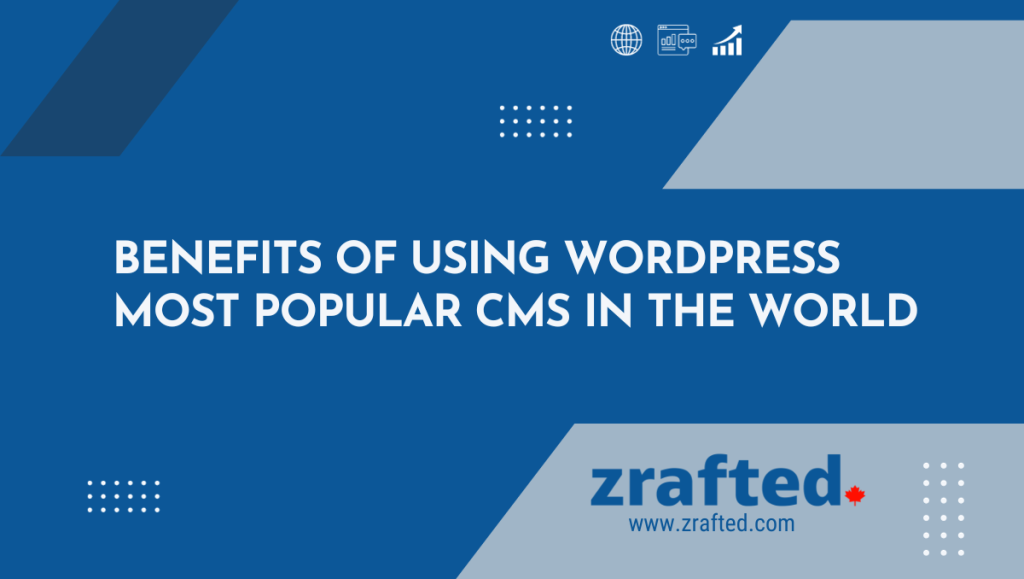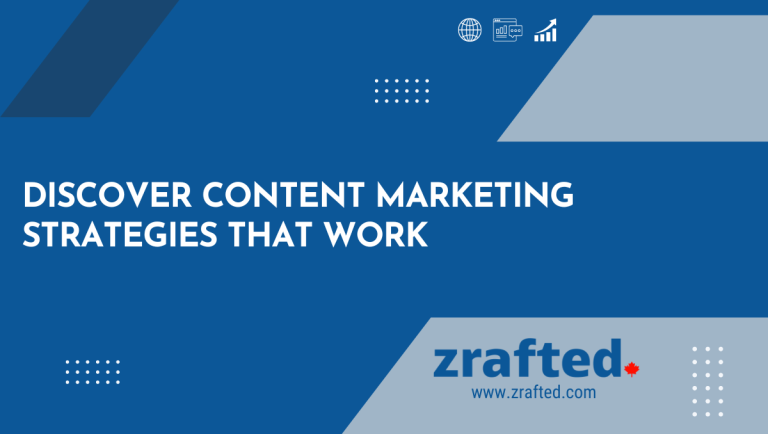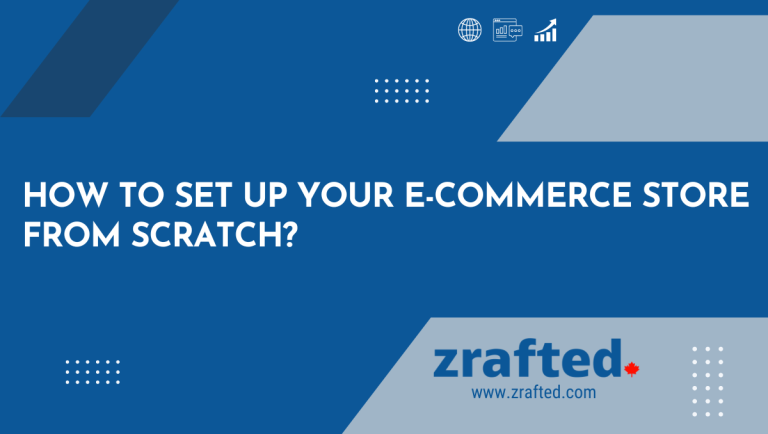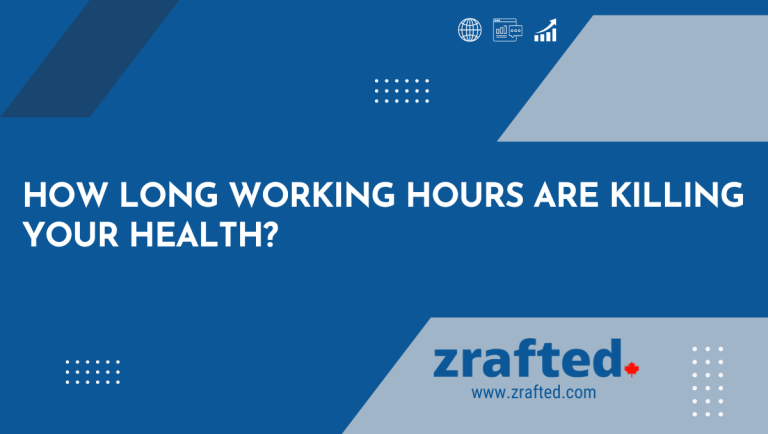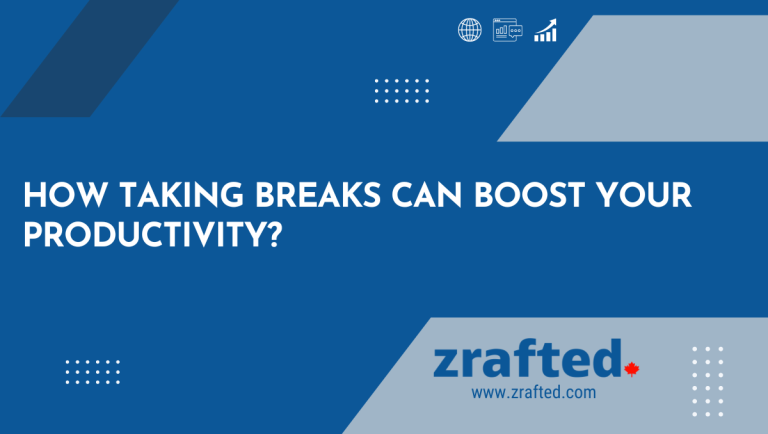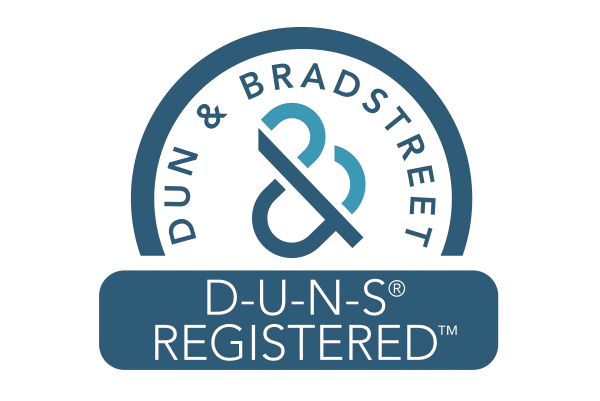What Are The Benefits of Using the World’s Most Popular CMS – WordPress?
WordPress stands as a giant among its peers in the ever-evolving landscape of web development and content management. Since its inception in 2003, WordPress has grown from a simple blogging platform to the world’s most popular Content Management System (CMS).
Today, over 40% of all websites on the internet use WordPress, and for good reason. In this blog, we will explore the power of WordPress, why WordPress is the most popular CMS, and the numerous benefits of WordPress CMS to website owners, bloggers, businesses, and developers.
1. User-Friendly and Easy to Learn
One of the most significant advantages of WordPress is its user-friendliness. You don’t need to be a tech guru to use it effectively. The interface is intuitive and straightforward, making it accessible to beginners and experienced users. You can easily create, edit, and publish content, and plenty of resources, tutorials, and plugins are available to assist you in mastering the platform.
WordPress’s simplicity extends to its installation process. Most hosting providers offer one-click WordPress installations, making setting up a website or blog a breeze. This user-friendly approach has contributed significantly to WordPress’s widespread adoption.
2. Extensive Customization Options
WordPress offers an extensive range of themes and plugins, allowing users to customize their websites to suit their unique needs and preferences. Whether you want a personal blog, a corporate website, an e-commerce store, or anything in between, you can find a theme that fits your vision.
Thousands of free and premium themes are available, and you can further customize them to match your brand’s identity.
Plugins are another standout feature of WordPress. These small pieces of software can add new functionality to your website, such as contact forms, SEO tools, social media integration, and more. With over 58,000 plugins in the WordPress Plugin Repository, you can extend your website’s capabilities without extensive coding.
3. SEO-Friendly
Search engine optimization (SEO) is crucial for any website aiming to rank well on search engine results pages (SERPs). WordPress is inherently SEO-friendly, thanks to its clean and structured code. Additionally, several SEO plugins, such as Yoast SEO and All in One SEO Pack, make optimizing your content for search engines a breeze.
These plugins offer features like meta tag optimization, XML sitemap generation, and SEO analysis, helping you improve your website’s visibility and ranking on search engines like Google. WordPress also allows you to create SEO-friendly URLs, manage permalinks, and optimize images, giving you complete control over your website’s SEO strategy.
4. Responsive Design
In today’s mobile-dominated world, having a responsive website is essential. WordPress understands this, and many of its themes come with built-in responsiveness. This means your website will automatically adjust to various screen sizes and devices, providing an optimal user experience for visitors accessing your site from smartphones, tablets, or desktop computers.
Responsive design enhances user satisfaction and contributes to improved SEO rankings, as search engines prioritize mobile-friendly websites in their algorithms.
5. Robust Community and Support
WordPress boasts a massive and active community of users, developers, designers, and enthusiasts. This community-driven ecosystem is a treasure trove of resources and support. If you encounter issues or have questions about WordPress, you can visit online forums, blogs, social media groups, and official WordPress support channels to find solutions.
Moreover, WordPress’s open-source nature means it’s continuously improved and updated. The community actively contributes to its development, releasing updates that enhance security, performance, and functionality. This ensures your website remains up-to-date and secure, protecting it from potential vulnerabilities.
6. Content Management Made Easy
WordPress was initially designed for blogging, and it excels in content management. It offers a straightforward system for creating, organizing, and categorizing content. WordPress provides an intuitive platform for content creators, whether you’re publishing blog posts, articles, images, videos, or other multimedia content content.
The built-in editor is user-friendly, featuring a WYSIWYG (What You See Is What You Get) interface that allows you to format text, add media, and preview content in real time. You can schedule posts for future publication, making maintaining a consistent posting schedule convenient.
7. Scalability
WordPress is not only suitable for small blogs but can also handle large and complex websites with ease. WordPress can scale to meet your needs, whether you’re running a personal blog, an e-commerce platform, or a corporate website with thousands of pages.
Its flexibility and extensive plugin library allow you to add new features and functionality as your website grows. Additionally, WordPress can handle high traffic levels, provided you have the appropriate hosting infrastructure in place.
8. E-commerce Capabilities
For those interested in online business, WordPress offers robust e-commerce solutions. The most notable is WooCommerce, a free and highly customizable plugin that turns your WordPress website into a feature-rich online store. With WooCommerce, you can quickly sell physical or digital products, manage inventory, process payments, and handle shipping and taxes.
The ability to integrate e-commerce functionality seamlessly into your existing WordPress site provides a cost-effective and efficient way to start and grow an online business.
The Connection to SEO
Now that we’ve established the importance of user engagement let’s explore how website page speed is closely intertwined with SEO.
a. Google’s Ranking Factors
Search engines like Google constantly evolve algorithms to provide users with the best results. In 2010, Google officially declared that website page speed is one of its ranking factors. In other words, faster-loading websites are more likely to rank higher in search engine results pages (SERPs) than slower ones.
Google recognizes that user experience is paramount, and a slow-loading website can deter users and lead to dissatisfaction. Therefore, it rewards websites prioritizing speed by boosting their visibility in search results. It not only drives more organic traffic but also enhances the chances of user engagement and conversions.
b. Mobile-First Indexing
With the increasing prevalence of mobile devices for web browsing, Google introduced mobile-first indexing, which means it primarily uses the mobile version of a website’s content for ranking and indexing. Mobile users, in particular, demand fast-loading pages due to potential limitations in their network speed and device capabilities. Therefore, optimizing your website for mobile speed is crucial for SEO success.
c. Page Speed and Core Web Vitals
Google introduced Core Web Vitals as a set of user-centric performance metrics that assess a website’s overall user experience. Page speed is a critical component of Core Web Vitals, along with other factors like interactivity and visual stability. Websites that perform well in Core Web Vitals are more likely to receive favorable rankings in search results.
Tips for Improving Website Page Speed
Now that we’ve established the importance of website page speed for both user engagement and SEO let’s discuss some practical tips to enhance your website’s performance:
- Compress Images and Media:Large images and videos can significantly slow down your website. Compressing media files reduces their size without compromising quality, resulting in faster loading times.
- Enable Browser Caching:Browser caching allows repeat visitors to load your site faster by storing some of your website’s files on their devices. It reduces the need for the browser to request and download resources again.
- Minimize HTTP Requests:Each resource on your web page, such as CSS files, JavaScript, and images, requires a separate HTTP request. Minimizing the number of requests by consolidating resources can speed up page loading.
- Use Content Delivery Networks (CDNs):CDNs distribute your website’s content across multiple servers worldwide, ensuring that users can access it from a server geographically closer to them. It reduces latency and improves loading times.
- Optimize Code and Scripts: Clean and well-structured code can improve a website’s performance. Minimize unnecessary code, and place scripts at the bottom of your HTML to prevent them from blocking page rendering.
- Implement Lazy Loading:Lazy loading is a technique that delays loading non-essential below-the-fold content until the user scrolls down the page. It prioritizes the initial viewable content, improving perceived loading speed.
- Reduce Server Response Time:A slow server response time can be a significant bottleneck in page speed. Invest in a reliable hosting provider and consider server-side optimizations to reduce response times.
- Regularly Monitor and Test:Use tools like Google PageSpeed Insights, GTmetrix, or Pingdom to monitor your website’s performance regularly. Conduct tests to identify areas that need improvement and implement changes accordingly.
From Slow to Pro: Elevating SEO and User Engagement
Let’s delve even deeper into how website page speed can affect SEO and user engagement with additional points:
Mobile Responsiveness
Mobile devices account for a significant portion of web traffic. Users expect mobile websites to load quickly, regardless of their device or network connection. Slow-loading mobile pages can result in frustrated users, increased bounce rates, and lower rankings in mobile search results. Ensuring your website is optimized for mobile page speed is crucial for user engagement and SEO.
User Experience and Satisfaction
User experience is at the heart of SEO and user engagement. A fast-loading website provides a smooth and enjoyable experience, making users more likely to return and engage with your content. Conversely, a slow website can lead to frustration, negative perceptions of your brand, and reduced trust. Investing in page speed optimization is an investment in user satisfaction.
Impact on E-A-T
E-A-T stands for Expertise, Authoritativeness, and Trustworthiness – factors that Google considers when ranking websites, mainly for content related to health, finance, and other critical topics. A slow website can erode trust and authority, affecting your E-A-T score. A high E-A-T score, on the other hand, can boost your SEO efforts, making it crucial to maintain a fast-loading site to support these factors.
Competitive Advantage
Even a slight advantage can make a significant difference in a competitive digital landscape. If your website loads faster than your competitors, you’re more likely to capture user attention and keep them engaged. This competitive edge can translate into higher search rankings, increased traffic, and improved conversion rates.
Accessibility
Web accessibility is a critical consideration in modern web design. Slow-loading pages can negatively impact users with disabilities who rely on assistive technologies. By optimizing page speed, you not only improve user engagement for the general audience but also ensure that your website is accessible to everyone, which is essential for SEO and user inclusivity.
Impact on Social Sharing
In the age of social media, your content’s share ability is a valuable asset. Slow-loading pages can discourage users from sharing your content on social platforms, hindering your content’s reach. A fast website encourages social sharing, potentially leading to increased visibility, traffic, and backlinks – all of which can positively impact SEO.
Long-Term SEO Benefits
Page speed optimization is not a one-time effort but an ongoing process. As you consistently work to improve your website’s speed, you build a strong foundation for long-term SEO success. Google and other search engines reward websites that maintain fast loading times, providing a sustainable advantage in the ever-evolving SEO landscape.
Local SEO Benefits
For businesses with a physical presence, local SEO is crucial. Slow-loading pages can deter users from looking for local information or directions to your business. Optimizing page speed, especially for mobile users searching for nearby services, can improve your local SEO rankings and attract potential customers to your physical location.
Conclusion
Website page speed is not merely a technical detail but a critical element that can make or break your online presence. Slow-loading pages can drive users away, lead to higher bounce rates, and ultimately harm your SEO efforts. Conversely, fast-loading pages improve user engagement, reduce bounce, and boost conversion rates.
Optimizing your website’s page speed is a strategic move in the ever-competitive digital landscape, where SEO is essential for visibility. It enhances user satisfaction and aligns with search engine ranking factors and Core Web Vitals. By prioritizing website speed, you can create a win-win situation where users and search engines reward you with increased visibility, traffic, and success.
Lorem ipsum dolor sit amet, consectetur adipiscing elit. Ut elit tellus, luctus nec ullamcorper mattis, pulvinar dapibus leo.

